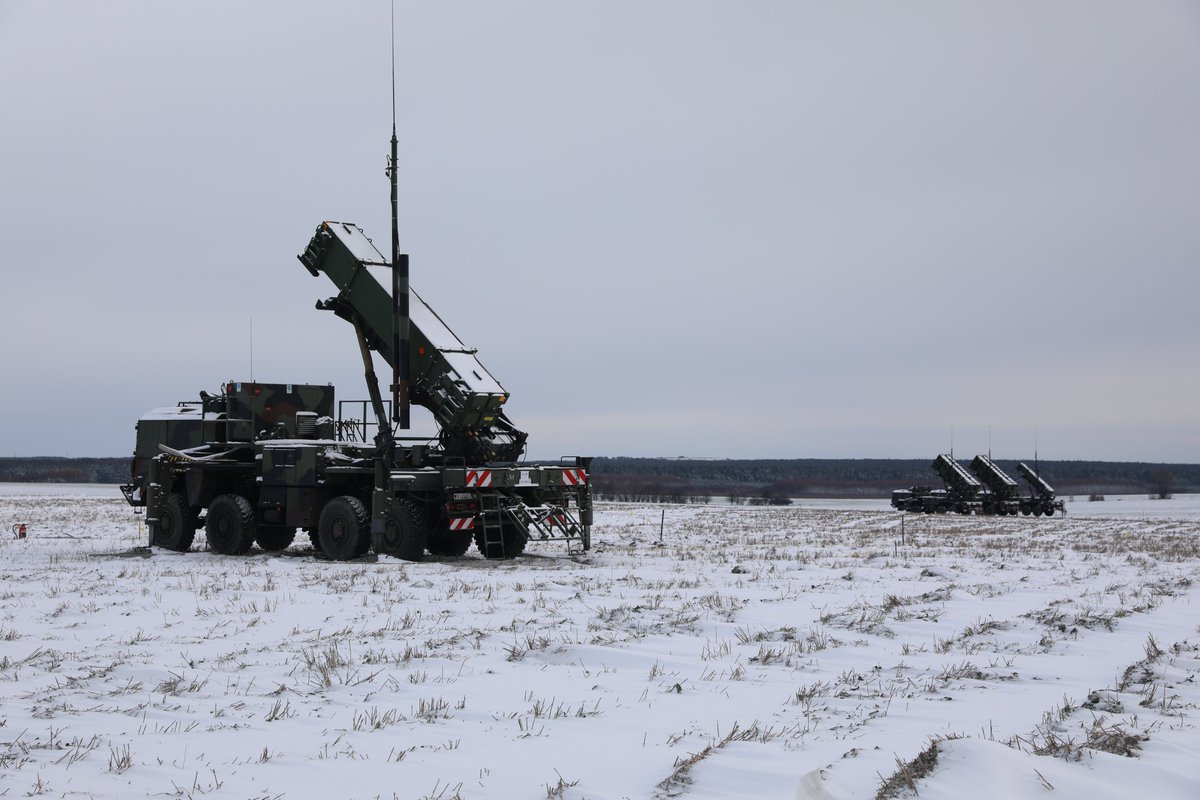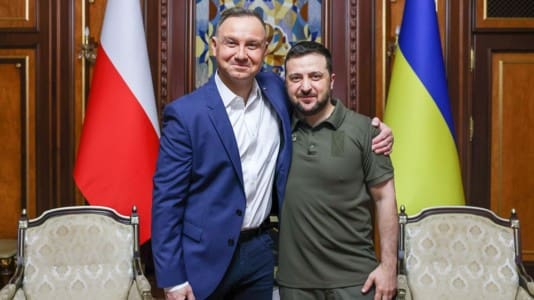The war in Ukraine has underscored the importance of air defense, as Kyiv’s requests for additional systems and missiles to protect cities, military forces, and energy infrastructure from daily air raids demonstrate. However, according to the Financial Times, Europe is woefully unprepared for similar aerial attacks.
Citing sources familiar with NATO’s classified defense plans from last year, the report states that NATO countries can currently provide less than 5 percent of the air defense capacity deemed necessary to protect Central and Eastern European member states from a full-scale attack.
A senior NATO diplomat emphasized the critical nature of air and missile defense in protecting Eastern Europe from invasion, stating, “And right now, we don’t have that.”
The FT article highlights concerns among some European leaders and military commanders that Russia might be capable of attacking a NATO member state by the end of the decade. The extensive use of missiles, drones and highly destructive Soviet-era glide bombs in Ukraine has highlighted the urgent need to rebuild NATO’s defense capabilities after decades of defense spending cuts.
“Air defense is one of the biggest holes we have. We can’t deny that,” said another NATO diplomat.
The inability of European NATO states to provide Ukraine with additional air defense equipment in recent months has demonstrated the limited stockpiles of expensive and slow-to-produce systems in Europe. These concerns are exacerbated by Russia’s use of cheap, long-range drones against Ukraine, notes the Financial Times.
“Long-range strikes are no longer a superpower capability,” a Western defense official remarked.
A NATO official acknowledged that “defense goals and plans are classified” but affirmed that air and missile defense is “a top priority” and that “stockpiles have dwindled.” The official added that NATO’s new defense plans significantly raise requirements for air and missile defense in terms of quantity and readiness, with member countries investing in new air defense capabilities, including fighter jets.
Following Russia’s full-scale invasion of Ukraine in February 2022, the United States deployed a Patriot air defense system to protect the Polish Rzeszów-Jasionka Airport, a hub for Western arms sent to Ukraine. However, officials indicate that NATO members have few such systems available and their ability to deploy them outside their own territories is severely limited.






